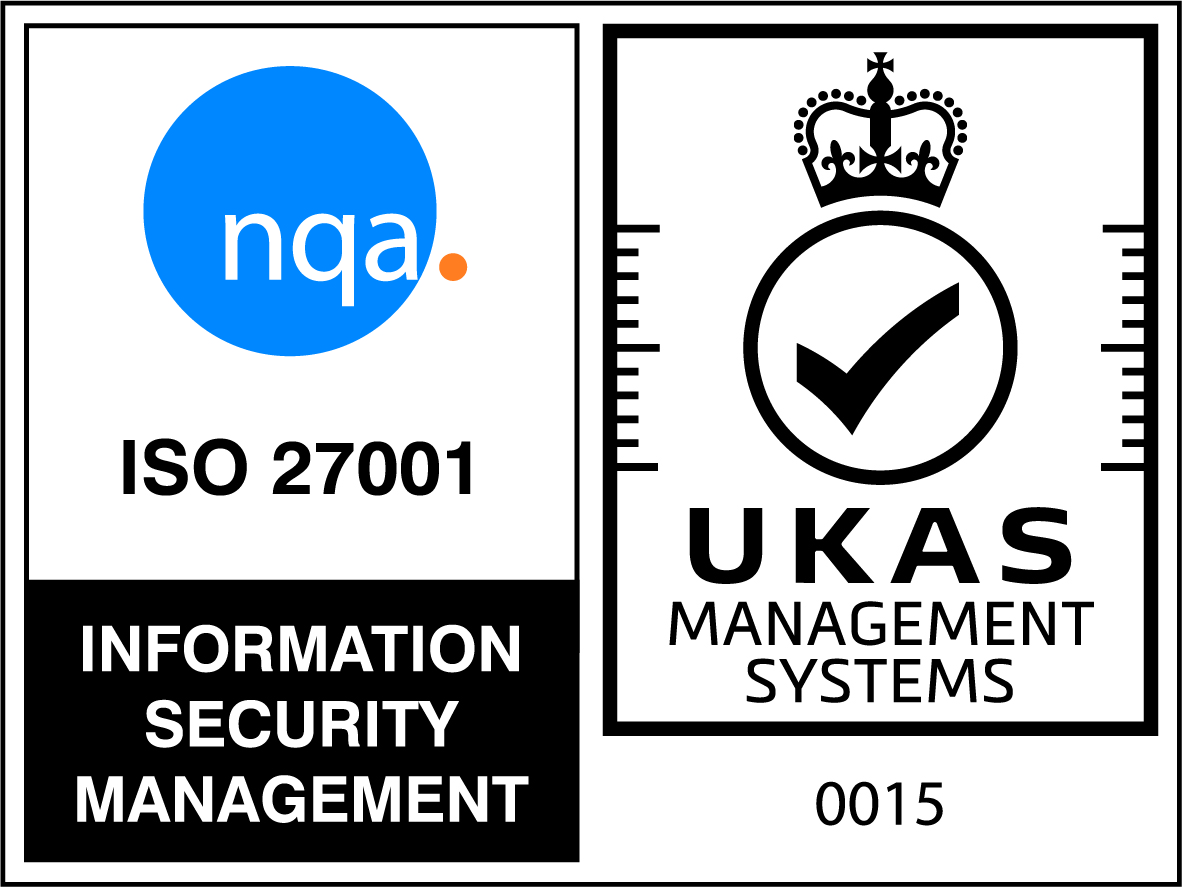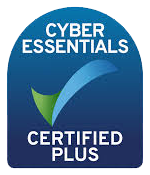In the early days of SaaS adoption, the promise was clear: faster deployment, reduced infrastructure costs, and greater flexibility. And for the most part, SaaS has delivered on those benefits. But in today’s complex enterprise environments, a different picture is emerging. One marked by duplication, underutilization, and growing waste.
Despite its advantages, SaaS has quietly introduced new challenges around visibility, governance, and control. When licenses are purchased in silos, usage goes unchecked, and ownership becomes unclear, organizations quickly lose sight of what is happening across their estate.
The data and statistics referenced in this article are drawn from industry reports and research conducted by SaaS management platforms as well as findings published by analysts including Gartner and the Cloud Security Alliance. These sources provide a broad and reliable view of current SaaS trends across enterprise IT environments. The result is a growing amount of SaaS waste. Much of it hiding in plain sight.
Here are five data points that reveal the reality of SaaS waste in enterprise IT, and why solving this issue requires more than just improved visibility.
1. 30-40% of SaaS licenses go unused
his is one of the most widely reported and consistently observed findings in SaaS management. Between 30 and 40 percent of SaaS licenses in a typical enterprise remain unused. That means a significant portion of the software budget is consumed by tools that no one is actively using.
This can result from overprovisioning, where licenses are purchased just in case, or from accounts that are never deactivated when employees change roles or leave the business. While SaaS is often presented as a flexible and scalable model, many enterprise contracts are still based on fixed commitments that do not adjust to actual usage.
Unused licenses are difficult to detect without a centralized and accurate view of software usage across all vendors and departments.
2. The average enterprise uses more than 300 SaaS applications
According to data from identity providers like Okta, large enterprises regularly use more than 300 SaaS applications. In some cases, the number is significantly higher.
This is not always by design. Departments often procure tools independently without involving IT or procurement teams. Marketing might adopt a new CRM add-on, human resources may implement a wellness platform, and sales could trial a forecasting app. Each one with different owners, contracts, and renewal cycles.
While this decentralization can encourage innovation, it also results in tool duplication, inconsistent data, and a fragmented IT environment. The more applications are in use, the harder it becomes to govern and control them effectively.
3. Shadow IT accounts for up to 50% of SaaS spend
The concept of Shadow IT is used to refer to unauthorized IT spend. In the SaaS world employees and teams can now sign up for cloud-based tools without ever going through procurement.
Studies suggest that up to half of all SaaS spend in an enterprise happens without formal approval. These tools may be helpful or even essential, but when they exist outside of official oversight, they introduce compliance risks, create duplicate functionality, and lead to unmanaged spend.
This is rarely intentional. Most employees are simply trying to solve a problem quickly. But when this happens across dozens of departments, it creates a fragmented SaaS landscape that is hard to manage and nearly impossible to optimize.
4. Most companies only reclaim 5-15% of identified wasted spend
Even with the right tools in place, most organizations act on only a small portion of their potential SaaS savings. Industry research suggests that companies typically reclaim just 5 to 15 percent of identified waste.
The problem is not lack of insight. It is the absence of action. Identifying unused licenses is only the beginning. Acting requires clearly defined ownership, support from stakeholders, and mature internal processes.
Many teams lack the time, resources, or authority to reclaim licenses, negotiate contract changes, or reassign access. Without automation and structured workflows, optimization efforts stall. Real savings only happen when insights are converted into consistent and measurable action.
5. SaaS spend is growing three to five times faster than overall IT budgets
Perhaps the clearest warning sign is the rate at which SaaS spending is accelerating. According to reports from Flexera and other analysts, SaaS spend is growing three to five times faster than IT budgets.
This is not inherently a bad thing. SaaS enables agility, collaboration, and innovation. But it also means that unmanaged growth can quickly become unsustainable. If spending outpaces budgets, optimization becomes a necessity, not a nice to have.
IT teams are under pressure to do more with less. Finance teams are asking tougher questions about return on investment. Managing SaaS waste is no longer a back-office task. It is a strategic priority.
Final thoughts: SaaS is not the problem. Unmanaged SaaS is.
These statistics do not suggest that SaaS is failing. On the contrary, it remains a vital enabler of modern business. But like any powerful resource, it must be managed with intent and clarity.
The issue is not the number of apps or the speed of spend. It is the lack of visibility, ownership, and action.
Organizations that integrate SaaS into a broader IT asset management and financial optimization strategy are better positioned to reduce waste, control costs, and drive lasting value.

Joseph Lobo – Consultant
Consultant at Certero with deep expertise in Software Asset Management (SAM) and IT asset governance. Joe advises clients on navigating high-stakes licensing environments, offering detailed insights into deployment reporting formats, processor capacity definitions, and compliance contracts. His guidance helps organizations align governance strategies with modern SaaS and cloud complexities, transforming compliance risk into strategic advantage.








